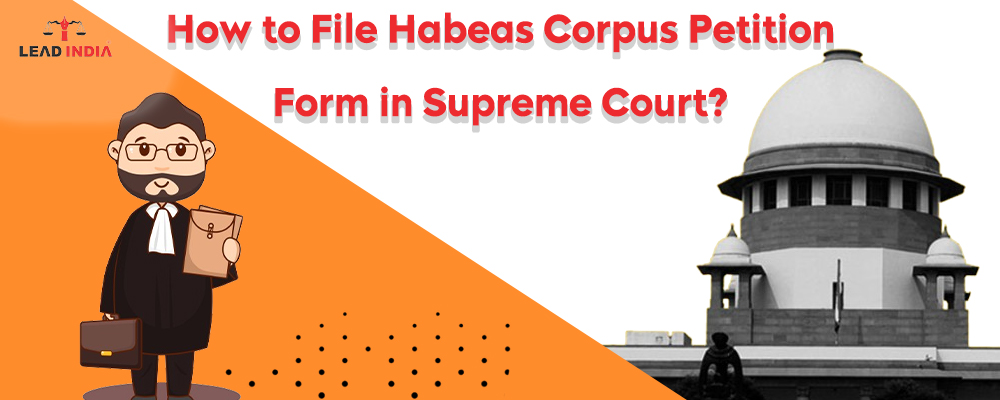The Supreme Court issues writs of habeas corpus, which are orders directing the person detaining the other person to appear in person before the court and reveal the reason(s) for the detention.
If the stated reason suggests that the detainee has been held illegally, the court will order the detainee’s release. Thus, the primary goal of the writ is to provide an instant remedy to an individual who has been unjustly imprisoned, whether in a private or public setting, by another party.
Writ of Habeas Corpus Supreme Court: About
- The purpose of this writ is to free someone who has been wrongfully arrested or imprisoned. By virtue of this writ, the Court orders that the person in question be brought before it so that it can determine whether or not his detention was lawful.
- The court orders the person’s immediate release if it finds that the detention was illegal.
- This writ guarantees a prompt judicial review of the prisoner’s purportedly illegal detention and a prompt determination of his right to freedom.
- Habeas corpus, however, is not applicable in situations where an individual has been detained in accordance with a court order that appears to be legitimate and not entirely unlawful.
Need A Legal Advice
The internet is not a lawyer and neither are you. Talk to a real lawyer about your legal issue

Writ of Habeas Corpus Supreme Court: Who Can File?
- As a general rule, an individual who is detained illegally may submit an application.
- On the other hand, under certain conditions, anyone may petition for habeas corpus on behalf of a prisoner.
- The person could be anyone, including a friend or family member.
Writ of Habeas Corpus Supreme Court: Rules to File
- When applying the writ of habeas corpus, the Supreme Court does not adhere to a rigid pleading standard or give undue weight to the issue of who bears the burden of proof. A detainee’s postcard from prison would be enough to prompt the Court to look into the propriety of detention.
- Throughout its history, the Supreme Court has shown a great deal of concern for individual liberty by declining to reject a petition simply because there isn’t enough evidence to support it.
- The authorities detaining the person have always been required to provide proof that the detention is lawful.
Writ of Habeas Corpus Supreme Court: Procedure to File
- Reporting to the Right Organization: First, the aggrieved party needs to go to a designated organization with the necessary documentation, which includes, among other things, identification documents, proof of address, and photographs.
- Drafting the Writ of Habeas Corpus Petition: Legal counsel must be consulted during the drafting of the Writ of Habeas Corpus Supreme Court by referring to the habeas corpus petition form. The name, address, and circumstances leading up to the violation of the aggrieved party’s fundamental rights are all contained in the document.
- Sending the Draft: After going through this process, the court receives the draft of the petition.
- Setting the Hearing Date: After setting a hearing date, the court will grant the petition and serve notice to the other party. Then, a date is given to guarantee the attendance of both parties.
- Hearing as well as Decision by the Supreme Court: In the end, the court makes a decision and assigns the proper remedies after hearing arguments from all parties.
Supreme Court Habeas Corpus Petition Form
The Supreme Court Habeas Corpus Petition Form is provided below:
The most significant writ that an individual has is the writ of habeas corpus, which allows him to ascertain his entitlement to his own freedom. It serves as a corrective measure that guarantees the detained individual’s release from unlawful incarceration. It does not, however, release anyone from their obligations. It requires a legitimate reason for the detention and shields the individual from abuse and prejudice on the part of the agency that placed them under arrest. The judiciary is effectively utilizing this writ in this way to protect an individual from being imprisoned without permission.
For any type of legal assistance, one can talk to lawyer from Lead India. Lead India provides free online legal advice in India. With Lead India, one can ask free online questions of the experts in addition to getting free legal advice.





 Talk to a Lawyer
Talk to a Lawyer